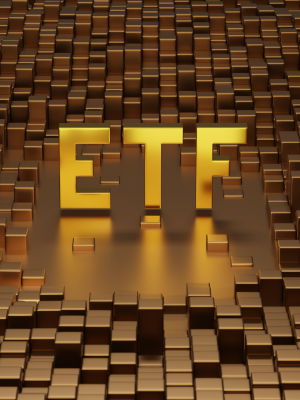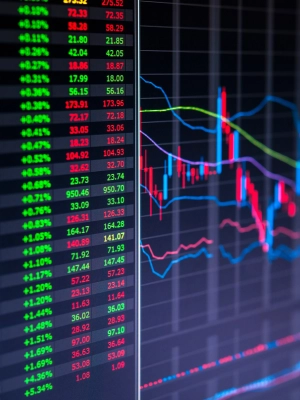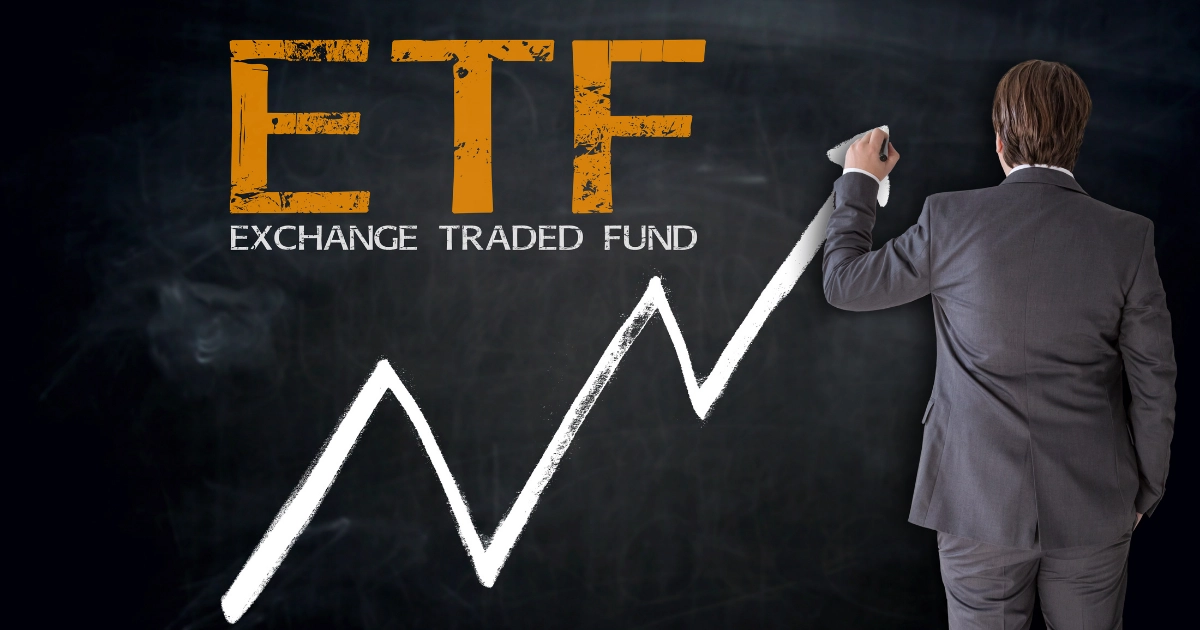What They Are, How They Work, and Their Role in Modern Markets
Exchange Traded Funds, or ETFs, have become a cornerstone of modern investing, transforming the way individuals and institutions gain exposure to diversified portfolios of assets. These vehicles combine the diversification advantages of managed funds with the liquidity and trading flexibility of stocks. In Australia, and globally for that matter, they are no longer seen as niche products but rather as essential building blocks for both retail and institutional portfolios.
At their core, ETFs are investment funds that hold a basket of underlying assets, which might include shares, bonds, commodities, currencies, or even derivatives. The defining feature of an ETF is that it is traded on a stock exchange, just like ordinary shares. This structure provides investors with the ability to buy and sell units throughout the trading day at market-determined prices, a feature that differentiates ETFs from traditional unlisted managed funds, which are typically highly illiquid and not readily tradeable.
The basic mechanism or structure behind an ETF involves a fund manager who creates the fund and assembles the portfolio of underlying assets. To enable trading on the exchange, the manager works with authorised participants, usually large institutional brokers or market makers, who can create or redeem units in the ETF in large blocks. When demand for the ETF rises – investors want to buy more units relative to the volume sellers are offering – and its price on the exchange increases to exceed the value of its underlying assets (the net asset value or NAV) per unit, authorised participants can deliver the underlying to the manager in exchange for new ETF units assets – via the market maker, the fund issues new units to investors for cash to increase the supply of units to meet demand and thus ensure that the price decreases such that the underlying NAV per unit equals the market price -. Conversely, if the ETF is trading below its NAV, investors can return ETF units to the manager and receive the underlying assets. This creation and redemption mechanism helps keep the ETF’s trading price closely aligned with its NAV, while the liquidity of the market for ETF units is supported by these authorised participants who are incentivised to arbitrage away price discrepancies.
One of the main attractions of ETFs is their transparency. Most ETFs publish their holdings daily, allowing investors to know exactly what they own. This stands in contrast to many actively managed funds and for unlisted managed funds that only disclose top holdings quarterly or even less frequently. For index-tracking ETFs, the transparency is even greater because their portfolios are designed to replicate a published index, leaving little mystery about what assets are held.

ETFs come in a wide variety of forms. The most common are traditional index ETFs that passively track equity indices such as the S&P/ASX 200 in Australia or the S&P 500 in the United States. These products have democratized access to broad market exposure, offering investors the ability to hold hundreds of stocks via a single trade at low cost. Management fees for these broad market ETFs are typically low, sometimes as little as a few basis points.
Beyond simple index-tracking funds, the ETF market has evolved to include a wide range of sector-specific funds, thematic funds and smart beta products that use rules-based approaches to tilt portfolios toward factors such as value, momentum, or low volatility. There are also fixed income ETFs that hold baskets of bonds and provide investors with access to government, corporate, or high-yield credit markets. Commodity ETFs track the price of gold, oil, or agricultural products, either by holding physical assets or by using derivatives to replicate exposure. There has been a rise in actively managed ETFs that give portfolio managers the discretion to select securities but retain the ETF structure with daily trading and transparency. More recently there have emerged Crypto based EFT’s which offer investors regulated exposure to digital assets like Bitcoin and Ethereum and which hold the underlying crypto assets in secure custody without the investor needing to manage digital wallets or private keys. Crypto ETFs provide a bridge between traditional finance and digital assets, offering a familiar, liquid and transparent investment vehicle. They can be used for long-term exposure or as a satellite allocation within a diversified portfolio, but they also come with higher volatility and regulatory risk, so investor due diligence is essential.

In the Australian context, the ETF market has expanded significantly since the first products were listed in 2001. By the end of 2024, the Australian ETF market exceeded $150 billion in assets under management, reflecting both the inflow of new investment and the launch of innovative new products. ASX and Cboe Australia list a growing roster of ETFs, with a number of local providers competing to offer a broad suite of options.
A comparatively new entrant onto the Australian market is Savana Asset Management whose US Small Caps Active ETF (ASX: SVNP) uses a fully digital, algorithm-driven investment team—applying “Many Models Science” to evaluate thousands of US stocks daily.
Other examples of popular Australian-listed ETFs include the Vanguard Australian Shares Index ETF (VAS), which tracks the S&P/ASX 300 Index and offers broad local equity exposure and BetaShares Australia 200 ETF (A200) similarly tracks the largest 200 Australian companies. There are also internationally focussed EFT’s offering diversification and exposure to global developed markets. There are also fixed income options which track Australian government and corporate bonds, or which invest in bank deposits and high-grade short-term money market instruments. Thematic and sectoral ETFs have also grown in popularity, including funds that focus on technology, sustainability, or emerging markets.
The trading characteristics of ETFs are central to their appeal. Unlike unlisted managed funds which are either non tradeable or require investors to submit periodic applications for redemptions and then wait for processing, (assuming that redemptions have not been frozen or suspended) ETFs can be traded in real time during normal stock exchange hours. This means that investors can respond rapidly to market developments, execute intraday trading strategies, or simply enjoy the peace of mind that comes with knowing they can exit their position whenever the market is open.
Liquidity is generally excellent for the larger ETFs, with tight bid-ask spreads and order books supported by market makers. For less popular or niche ETFs, while liquidity may appear to be thinner, the underlying creation and redemption mechanism ensures that large trades can usually be executed without causing significant market impact, as new units can be created or redeemed in response to demand.

From the perspective of portfolio construction, ETFs are increasingly used as core building blocks. Financial advisors, wealth managers and institutional investors value ETFs for their cost efficiency, diversification and simplicity. A model portfolio might include broad market equity ETFs for core exposure, supplemented by tactical tilts toward specific sectors, themes, or regions via more targeted ETFs. Fixed income ETFs offer an easy way to maintain a diversified bond allocation, while commodity ETFs can provide hedges against inflation or geopolitical risk.
Market participants generally view ETFs as efficient, transparent and accessible tools that reduce the cost of investing while improving flexibility. Their popularity has put competitive pressure on traditional managed funds, which have responded by cutting fees and improving disclosures. Critics of ETFs have pointed to potential risks, such as liquidity mismatches for ETFs that hold illiquid assets or the risk of flash crashes where ETF prices can momentarily diverge from NAV during periods of market stress. However, regulators in Australia and globally have generally concluded that ETF structures have proven resilient even during sharp market downturns, such as those seen during the COVID-19 panic of March 2020.
The growing sophistication of the ETF market has also brought innovation in products tailored to specific investor needs. Environmental, Social, and Governance (ESG) ETFs are popular among some investors who want to align their portfolios with sustainability principles. Leveraged and inverse ETFs offer tools for sophisticated traders to express directional views or hedge exposures, although these products come with greater complexity and risk. In Australia, regulators require clear disclosure of the risks of such products and investors are urged to understand them fully before investing.
ETFs have revolutionised access to diversified, cost-effective investment strategies. Their growth reflects a broad shift in investor preferences toward low-cost, transparent and easily traded products. In Australia, the ETF market has matured into a dynamic and competitive landscape with options that suit virtually every type of investor, from first-time savers to large superannuation funds. As financial markets continue to evolve, ETFs are expected to remain at the forefront of innovation, helping investors navigate complexity with simple, liquid and diversified solutions.
Their popularity reinforces the value of liquidity versus the cost of illiquidity.
PrimaryMarkets
For companies and managed funds that are not listed on a stock exchange, the PrimaryMarkets trading Platform is an ideal way to facilitate the off-market sale of shares in your company and units in managed funds.
PrimaryMarkets is a flexible and evolving Platform that responds in real time to an ever-changing investment environment. In doing so, it provides sophisticated investors with access to companies that are shaping the future in a wide variety of industries and sectors. We provide access to opportunities previously only accessible to institutional investors. In addition to trading, PrimaryMarkets helps companies raise capital from our global investor database.
PrimaryMarkets exemplifies how innovation can transform the way we invest, trade and raise capital by breaking down traditional barriers, providing liquidity solutions and promoting transparency.
As the Platform continues to grow and evolve, it promises to unlock even more opportunities for investors and companies shaping the future of economies.

